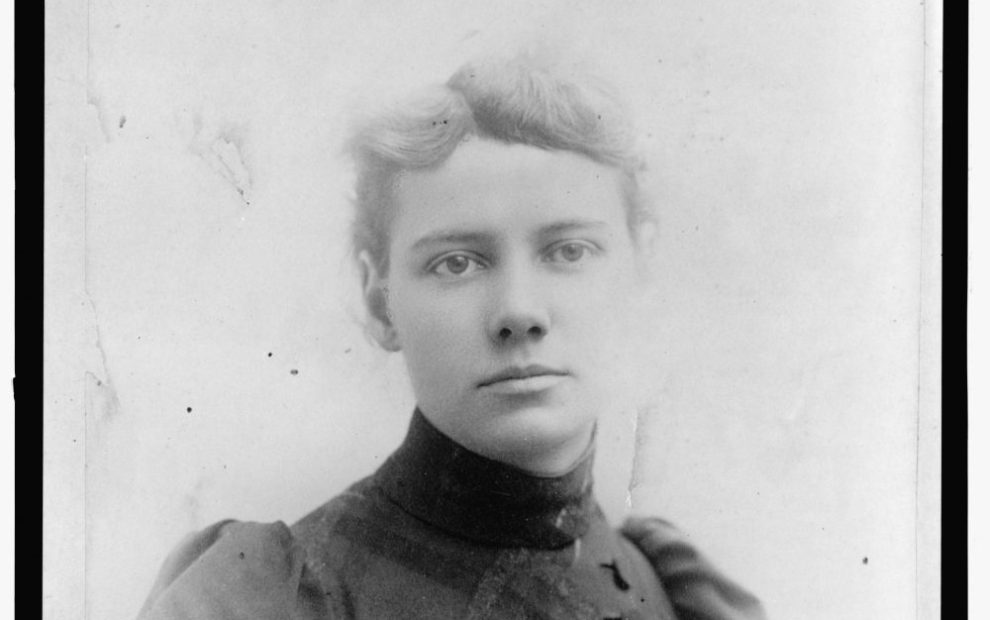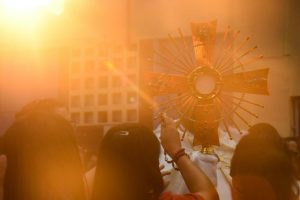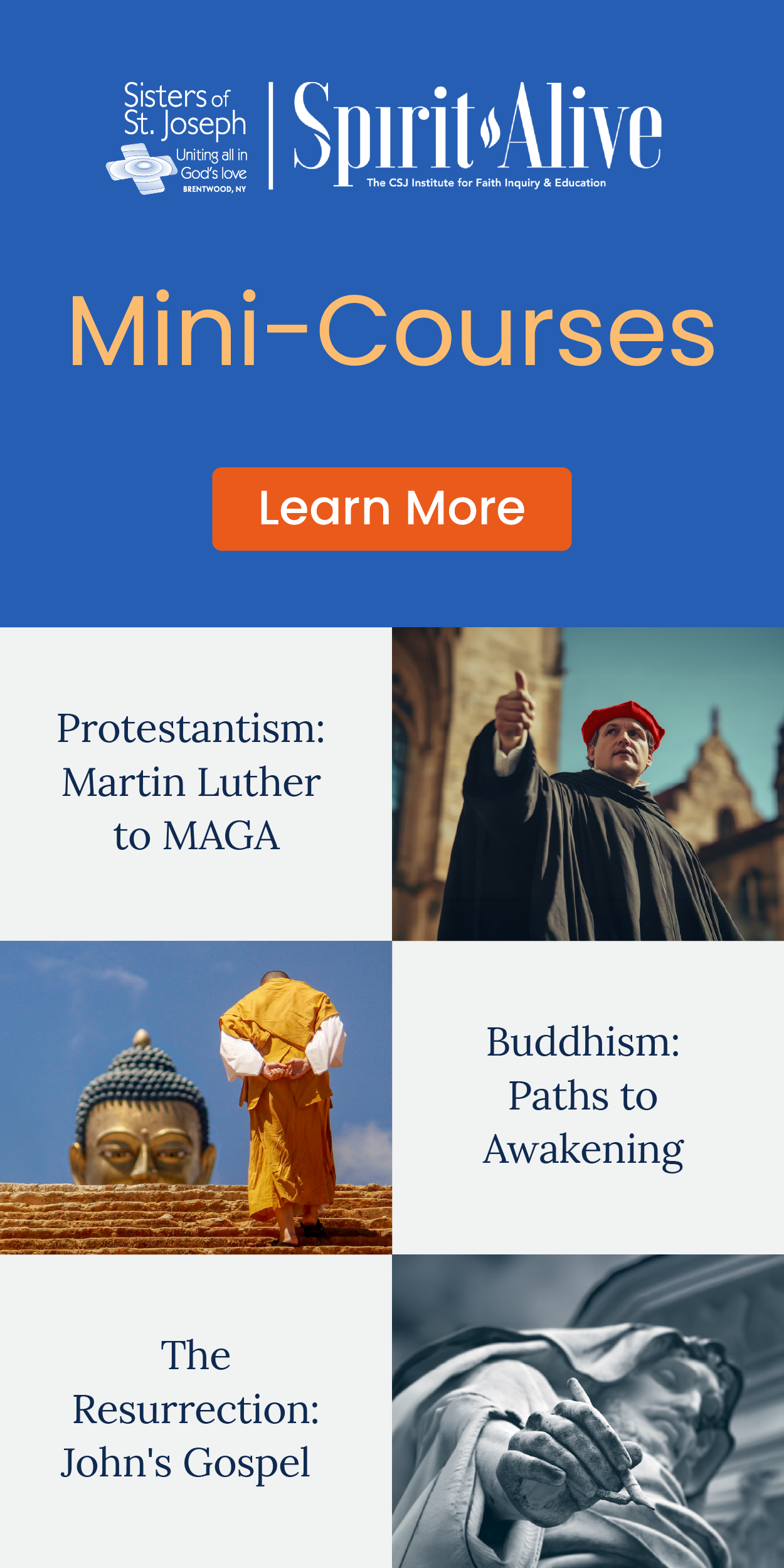In 1885, a 21-year-old Pennsylvania woman named Elizabeth Jane Cochran saw a column in the Pittsburgh Dispatch arguing that women exist primarily to have children and keep house. Her written response was so impressive, the editor offered her a job.
Under the pseudonym Nellie Bly—the name she’s known by today—she began investigating the plight of women factory workers. The factory owners complained, and Bly was reassigned to write society pieces, supposedly the appropriate beat for a woman. Undaunted, she decided to forge her own path, traveling to Mexico as a foreign correspondent.
A year later, aged 23, Bly faked mental illness and went undercover for 10 days at the infamous New York City Lunatic Asylum on Blackwell’s Island to expose the horrifying conditions to which women residents were subjected.
Bly is remembered as a daredevil who assumed multiple disguises and traveled extensively, including circumnavigating the world in 72 days, outpacing Jules Verne’s fictional hero. But the bulk of her journalistic work entailed exposing injustices toward women. Her story highlights two important truths:
First, good journalism is essential to a free and just society.
Second, women journalists are essential to good journalism.
These realities translate into Catholic journalism. Yes, the church teaches that the Holy Spirit will protect the magisterium from error, but this refers to matters of faith and morals, not the news.
Retreating from the world and its affairs is not an option. As the Second Vatican Council laid out in Gaudium et Spes (On the Church in the Modern World), Catholics are called to concern ourselves with the entire “theater of man’s history.” The council fathers write that “the Church has always had the duty of scrutinizing the signs of the times and of interpreting them in the light of the Gospel.”
This obligation pertains to the entire people of God. And no matter how sound our principles, we can’t apply them if we don’t know what’s going on, so solid, evidence-based journalism is needed.
St. Pope John XXIII, in his encyclical Pacem in Terris (On Peace) stresses that truth is essential to justice: “Before a society can be considered well-ordered, creative, and consonant with human dignity, it must be based on truth.”
The health of the church and civil society depends on truth seekers. This includes scientists, historians—and journalists, too. Pope Paul VI, in Inter Mirifica (On the Media of Social Communications) writes that the “prompt publication of affairs and events provides every individual with a fuller, continuing acquaintance with them, and thus all can contribute more effectively to the common good and more readily promote and advance the welfare of the entire civil society.”
As Nellie Bly’s story highlights, when society buries the truth, it’s often the most vulnerable who suffer. Consider the clergy abuse crisis, enabled in part by a culture of secrecy that was exposed by the Boston Globe’s Spotlight Team of investigative journalists. Their work to uncover the truth set off a ripple effect in the church, prompting resignations and reforms.
Since the days when Nellie Bly was relegated to society reporting, the secular world has made massive strides in gender equality. The institutional church, however, has not kept pace. On paper, the Catholic Church teaches that men and women have equal dignity, created in the image and likeness of God. But, as multiple feminist theologians have pointed out, the church has not always lived this out.
“Before a society can be considered well-ordered, creative, and consonant with human dignity, it must be based on truth.”
–St. Pope John XXIII
Theologian Mary Daly, in a 1968 interview with U.S. Catholic, stated that the church has put women on a pedestal while simultaneously humiliating and degrading them. Even efforts to include women can be dismissive or paternalistic. Consider Pope Francis’ regrettable remarks about women theologians as the “strawberry on the cake.”
Catholic media is one place where this imbalance can and must be corrected. Women journalists are crucial to the health of Catholic media, because women’s experiences of embodiment, community, and church give them unique and necessary perspectives, especially on teachings that directly affect them, such as those dealing with family life or reproductive health.
This is not a matter of missing out on some singular, stereotypical “feminine genius.” There are as many ways of being a woman as there are women, so when Catholic media excludes women, it neglects a diverse assortment of perspectives without which the church will misconstrue social issues, framing them from a standpoint that excludes more than half the church.
Nellie Bly saw the women her society had hidden and neglected. Catholic women journalists see the women who have been hidden and neglected in Catholic spaces and often work to tell their stories even when they are pressured not to.
Reporting on injustice is risky, and journalism is becoming increasingly dangerous, with many in the field being killed or imprisoned. But another risk, less easily tallied and more insidious, is that journalism will cease to be independent, responsible, and accurate. This happens when journalists cave to political pressure and create propaganda or disinformation, or abandon journalistic principles to churn out “content” to satisfy a consumerist demand.
Addressing a gathering of journalists in January of this year, Pope Francis spoke of the importance of their profession, without which “we risk no longer distinguishing truth from falsehood.” Without access to free and accurate information, the pope said, “we expose ourselves to growing prejudices and polarizations that destroy the bonds of civil coexistence and prevent us from rebuilding fraternity.”
The pope’s words are powerful and true. Yet ironically, his language of “fraternity,” indicating brotherhood, automatically excluded anyone who doesn’t identify as male. How easily our rhetoric slips into language that prioritizes the male experience. And this prioritization gets reflected in decisions about family, society, the church, and the world.
Women in Catholic journalism can help right this imbalance. Catholic media needs courageous women journalists reporting on every aspect of Catholic life, without the pressure to conform to demands that have nothing to do with journalistic proficiency and everything to do with protecting patriarchal power.
A woman’s place, in Catholic journalism, is everywhere.
This article also appears in the June 2025 issue of U.S. Catholic (Vol. 90, No. 6, pages 40-41). Click here to subscribe to the magazine.
Image: Wikimedia Commons, Nellie Bly














Add comment